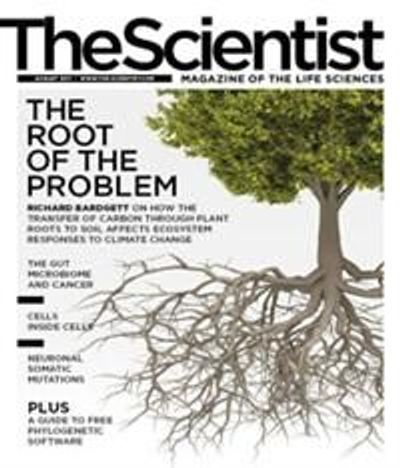After completing his studies in medicine and biology, Prussian naturalist Ernst Haeckel set off for Italy in 1859, where, in addition to painting landscapes, he spent the climactic months of his stay glued to his microscope observing and sketching radiolaria—protozoa encased in delicately ornate silica skeletons—that he collected off the Italian coast and sent back to Berlin. Over the next seven years, he went on to discover and name more than 150 new species of radiolarians, and arrived at some fundamental ideas about biology and evolution.
[gallery]
Interested in reading more?

Become a Member of
Receive full access to digital editions of The Scientist, as well as TS Digest, feature stories, more than 35 years of archives, and much more!
Already a member?